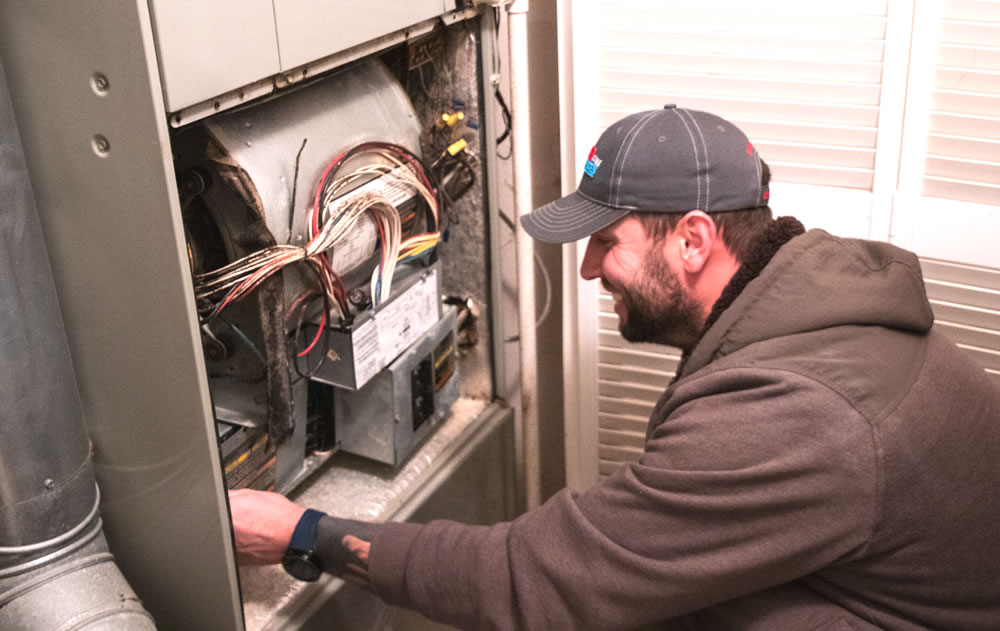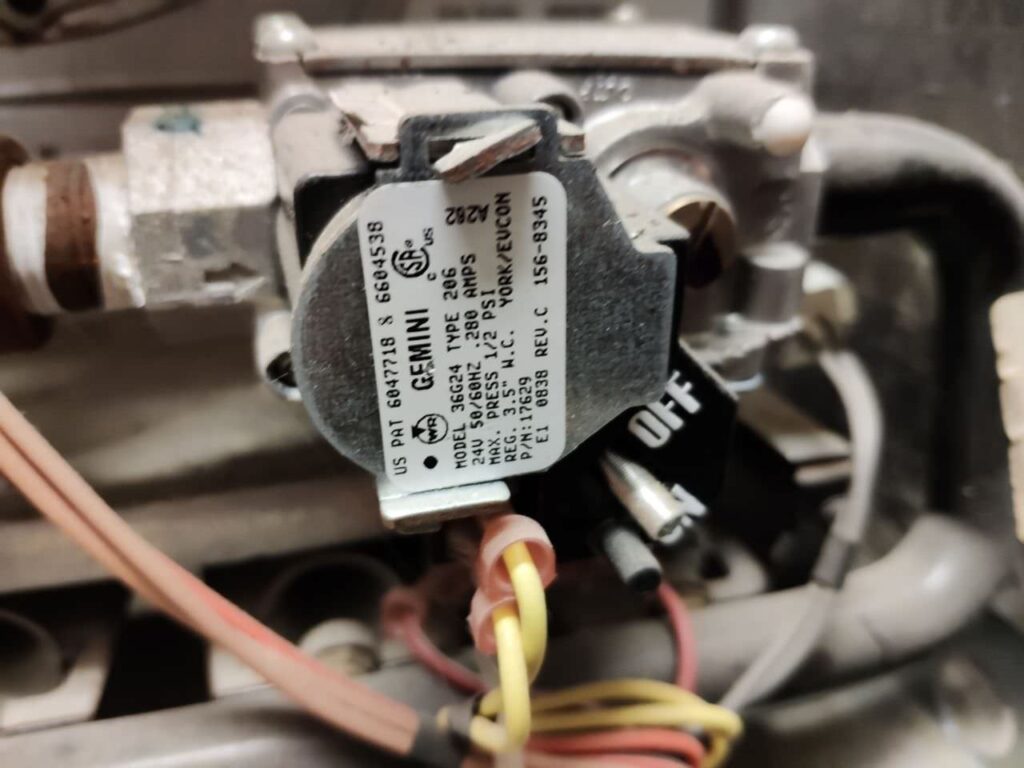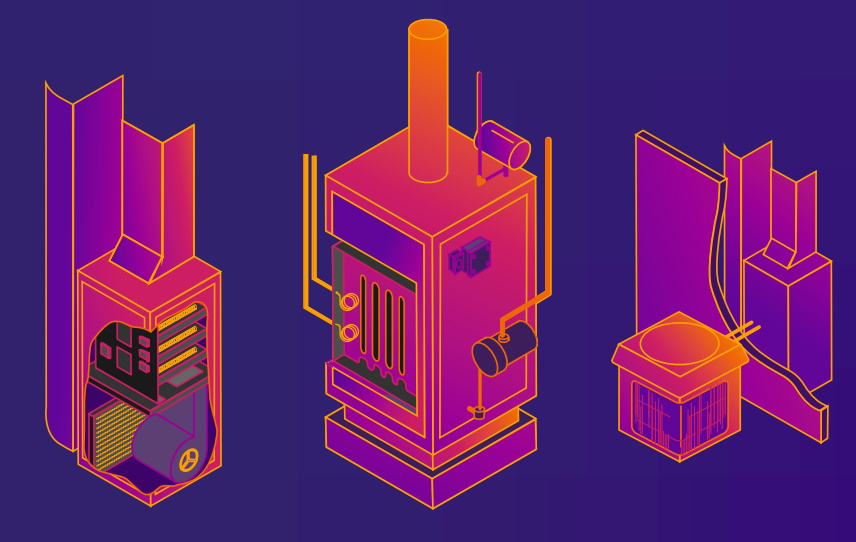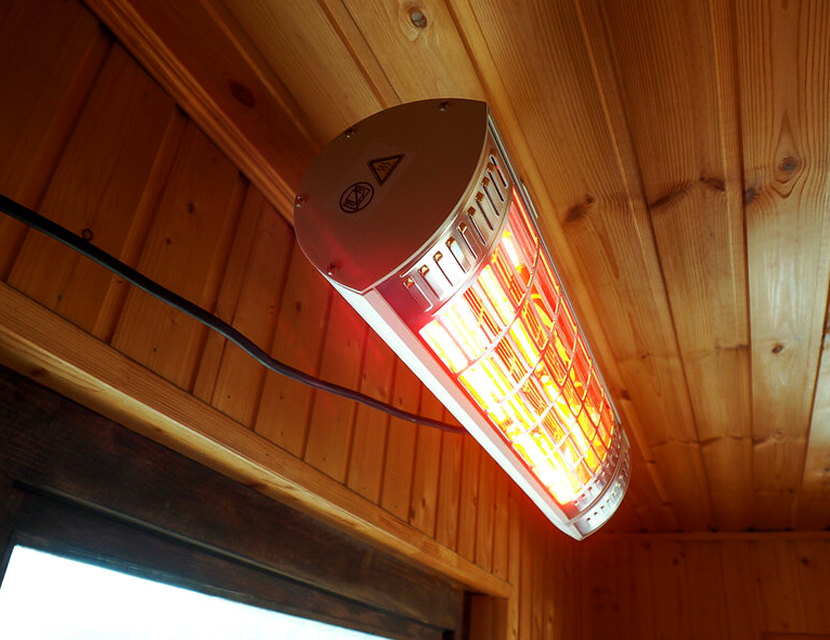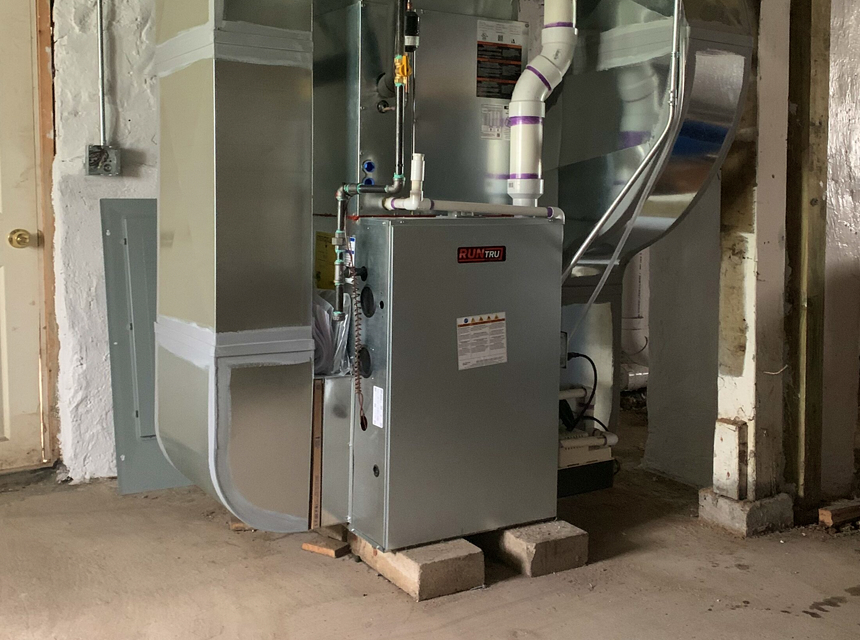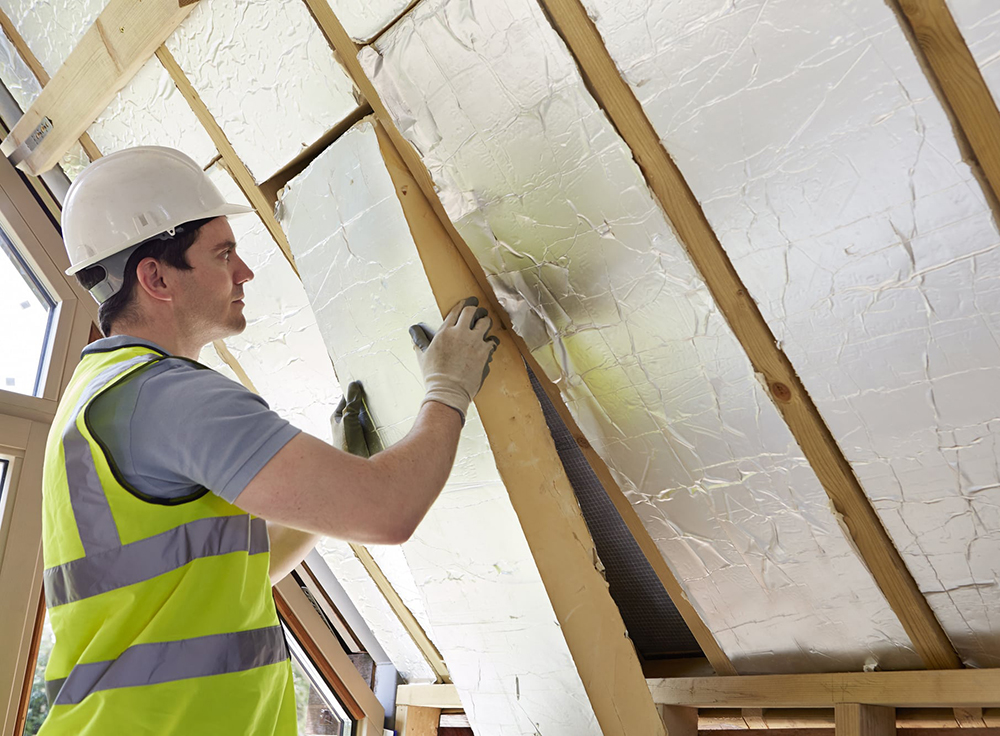

Winter is back! There are no more beautiful summer days when the sun warmed our interiors. Now it’s time for moments when we are all cocooned up at home.
Discovering how to heat a house without a furnace is going to be very useful and at the same time inexpensive. We must admit that living without heating is difficult in winter, especially during cold spells.
But make no mistake, heating can pile up your energy bills. For this reason, in this article, we are going to give you some natural and alternative heating tips that will keep your electricity bill in line and also protect the planet.
A furnace, also called a heater or boiler, is the conventional central heating system for the entire building. However, operating this will be telling on your pocket. First, we’ll show you some alternative heating options which may be less expensive or more ecological.
The soil is a stable and inexhaustible reserve of calories. Geothermal heating consists of capturing the calories present in your garden to return them to the house via a heated floor. Unlike an aerothermal heat pump, there is no seasonal constraint since the ground temperature is stable throughout the year.
It is not necessary to have a large lot to install geothermal collectors. An area between 80 and 120% of the area to be heated is sufficient.
The most common solution, horizontal collection, requires, depending on climatic conditions, an external surface of between 80 and 120% of the surface to be heated. A network of tubes is buried between 60 and 80 cm deep in your garden. So no need to have a large garden! On the price side, the average is $10,300, according to the Home Advisor.
Two types of electric heaters are distinguished: electric boilers which heat water before distributing it in a network of hot water radiators and electric radiators which can be of different technologies. Electric boilers are not very cost-effective, however, they offer the user a certain comfort of use. Electric boilers can produce domestic hot water (DHW) and distribute their heat via radiators to be sized according to the room where they are installed.
There are various types of radiant heaters. These include the:
Heat pumps and solar panels are essential for those who want to heat their house with the sun. Large bays facing due south can also be a source of warmth. Solar systems combined with hot water production (heating water in a storage tank and then distributing it in underfloor heating or domestic hot water) are efficient and economical in the long term.
Another alternative to heating is the fireplace. Not all houses have one, but if you are lucky enough to have one, make the most of it! The fire gives more heat and the cost will be less because you can get firewood in the field or at a cheaper price than having the heater on all day.
You can also install a wood stove or, better yet, a pellet stove. These heating systems however need smoke venting, chimney installation, and periodic maintenance.
Has your furnace just stopped working? Below are quick solutions that can be immediately available in case your furnace suddenly isn’t functional.
Portable space heaters are functional types of equipment everyone needs to have. Working with gas or by converting electricity to infrared rays, the portable heaters can be used in the car while traveling, in the motorhome during a rare winter vacation, or even in your home when the cool temperature hits an unbearable low. These can be placed on the floor in a corner or room center or on a table as they are very portable. Another type of portable heater is the ceramic space heater which uses the power of ceramic for heat retention and circulation. This type of heater utilizes electricity for indoor heating and is considered more effective. A typical type of portable ceramic space heater is the Lasko 755320. This has a thermostat, a remote controller, among other settings.
It is obvious but staying indoors in short sleeves is not going to save you money during the winter. Wear thick, comfortable, and insulating clothing that helps you stay warm indoors. You do not have to buy instruments, tools or materials, not even new clothes, just wear more clothes than usual.
Clay pot candle heaters are also an option, although not an efficient one. In addition to being a deco trend par excellence, candles also help to heat your home. Today, there is a multitude of candles of different shapes, colors, and scents on the market. The result will be a scented and warmed room!
Soapstones are natural materials – rocks from zones where tectonic plates are subducted. They can be used to absorb the sharp heat of a fire. Soapstones can act as heaters as they can store energy and then radiate gentle heat back to your living space.
The heat produced by the hotplates or by the oven will heat your interior. This is the opportunity to kill two birds with one stone by simmering delicious dishes to heat your home. In this case, you can make your dishes in the oven and leave it open after cooking.
Below are some more tips to make your house warmer with no heating source:
This is the aspect that can most influence the consumption of your energy bill and the amount you have to pay each month. A poorly insulated home requires a greater amount of energy to heat, due to air leaks that can appear through doors or windows. If you think there is a place in your house where cold air can get in, you can solve it in the following ways:
Heavy drapes can keep the cold from coming in and trap the heat inside the home. However, if it’s summertime and you still feel cold, don’t forget to use bright curtains on windows that receive sunlight. This way, you can let the sun’s rays warm your cocoon during the day. For this, you can put light curtains or even remove them altogether.
Avoid anything that can shade your interior during sunny days.
Rugs and carpets are a magic trick that instantly warms up your home. In addition, these two items are key elements for ab indoor decoration. Today there are several rugs on the market in different sizes and designs to suit any interior.
In the winter, you can reverse the motor of your ceiling fan at a low speed in a clockwise direction using the remote. This can help you save around 10 percent on air conditioning and heating costs.
To save and reduce the consumption of energy resources and CO2 emissions, it is advisable to take measures to increase the temperature of the house without having to turn on the heating.
Turning on the heat represents an increase in the bill and in energy consumption, which always leads to greenhouse gas emissions.
In addition, heating tends to dry out the air, which is not good for our skin, eyes, and respiratory system. So it is better to know how to heat a house without a furnace and leave the heater for really cold days.
